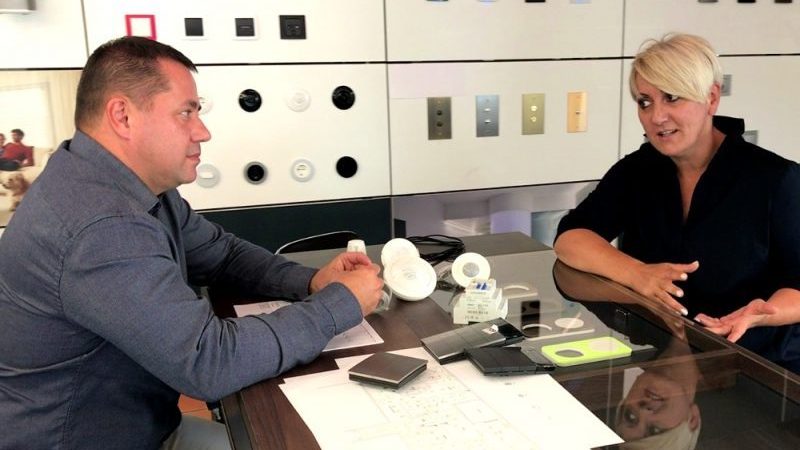The design of new smart homes requires close cooperation between different designers. Although the lighting design is part of the electrical design, there is already a question of who decides where the lights should be. This is essentially the responsibility of the electrical designer, but he or she may not know if a light is in the right place because, for example, he or she does not know where the furniture is, so it is good to plan with the interior designer. A smart house will be well designed if you know who will use it and for what. To do this, the different disciplines need to communicate with each other, taking into account the basic conditions set by the client.
What if you want to retrofit an already completed property with smart controls to make your home more comfortable? Of course, this can be done, but the options are somewhat more limited. Wired or wireless solutions may be an option. Wireless solutions can provide much the same functionality, they can communicate via radio waves. Some devices generate the energy needed for operation by the actuation itself.
Function and Design
Building automation was taken up at the residential level by manufacturers who were already producing conventional fittings, switches and sockets. Accordingly, if you choose a device for intelligent control, you can be sure that other conventional fittings are available. It may also be possible, at the customer's request, to have the control made of special materials such as copper, glass, etc., to match the interior design. Or, behind a traditional-looking switch, a device that can communicate with the automation and provide additional functions to meet the needs of today's world.

